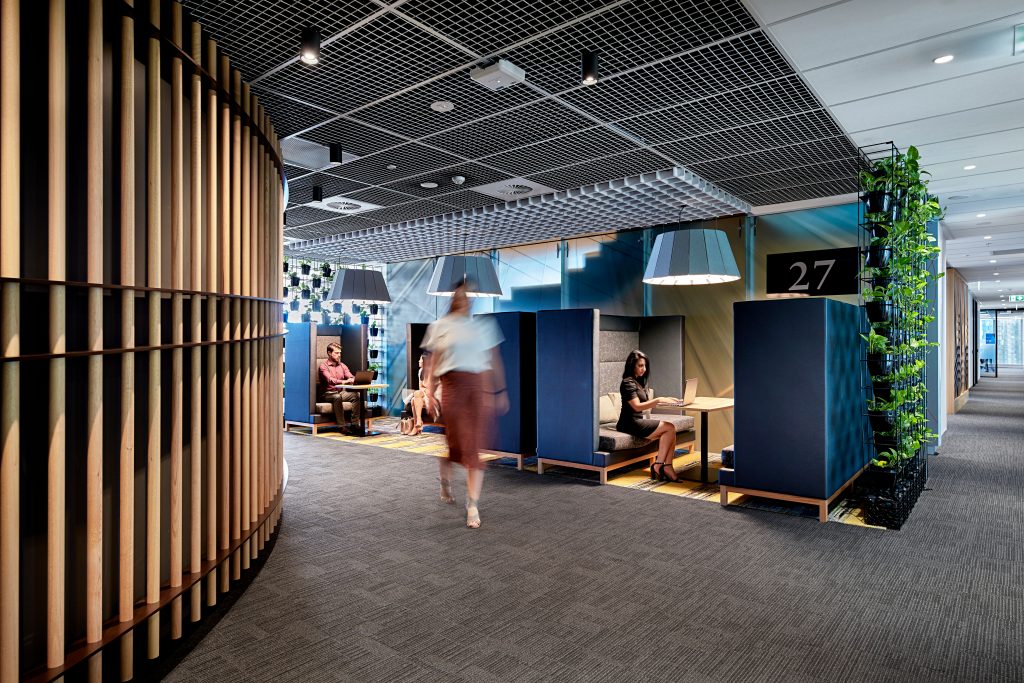Let’s take a quick look at some of the key acoustic terms that are commonly used in architectural design solutions. These will help you to understand the differences between them when designing with acoustics in mind.
ACOUSTICS
In its simplest form refers to the properties or qualities of a room or building that determine how sound is transmitted in it.
ABSORPTION
The loss of sound energy when sound waves comes into contact with an absorbent material, as a result of which, the sound is not reflected back into the space.
SOUNDPROOFING
Soundproofing is what you need to achieve if you want to prevent unwanted noise from entering or leaving a space to any degree.
DECIBELS
A universally recognised measurement of sound pressure which is applied across all sound sources to provide equivalencies of sound levels.
NRC
The Noise Reduction Coefficient (NRC) of a surface represents its ability to absorb versus reflect sound – the higher the NRC, the better the sound absorption.
SABINS
A unit of sound absorption which measures how well one square metre / square foot of any surface texture in a room is able to absorb sound reflections.
REVERBERATION
The reflection of sound waves created by the superposition of such echoes.
REVERBERATION TIME
The ability for sound to persist within a space. Most apparent when a sound source ceases to generate noise.
Click here to download our handy Acoustic Terms one-pager with top acoustic terms and definitions.
